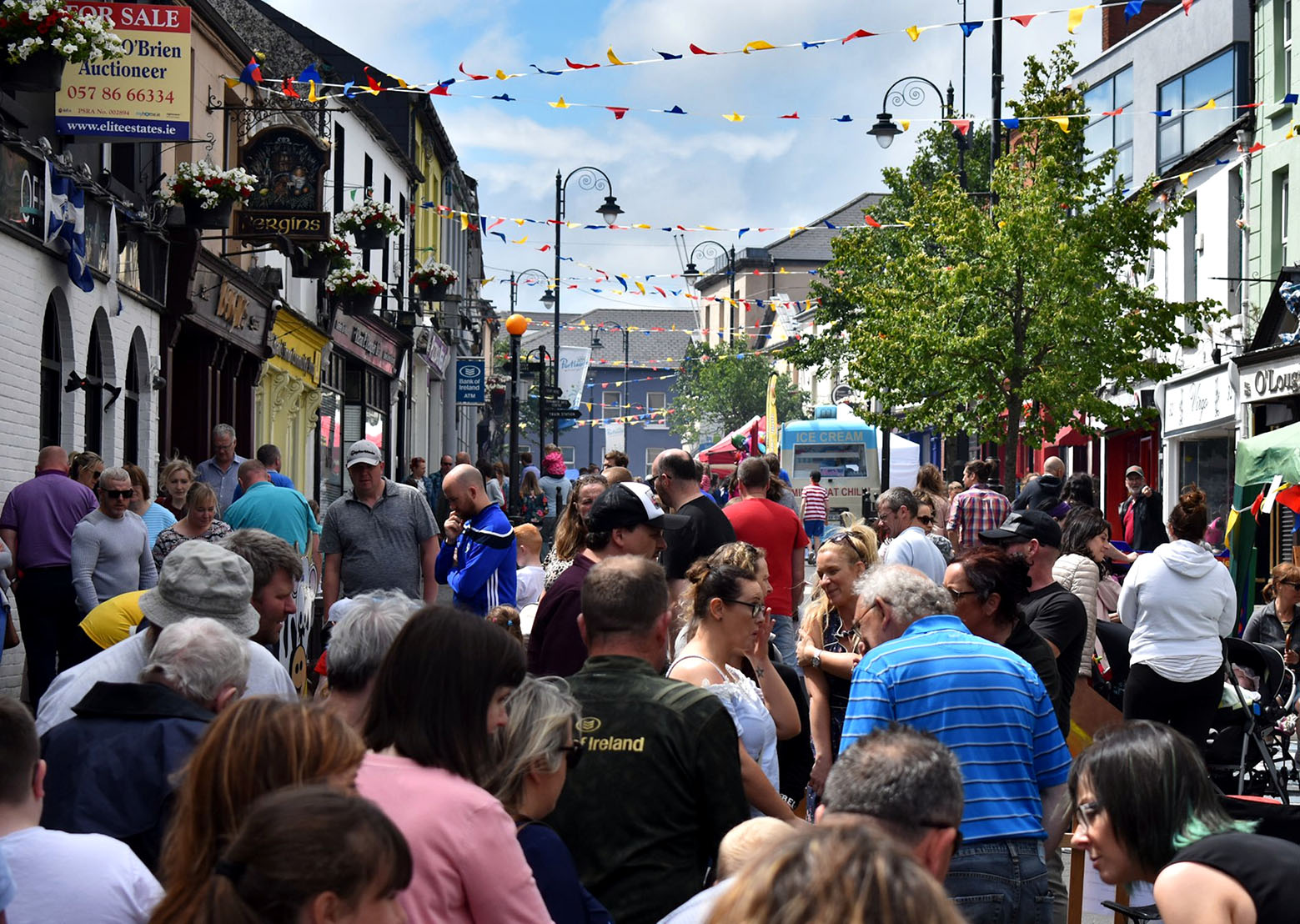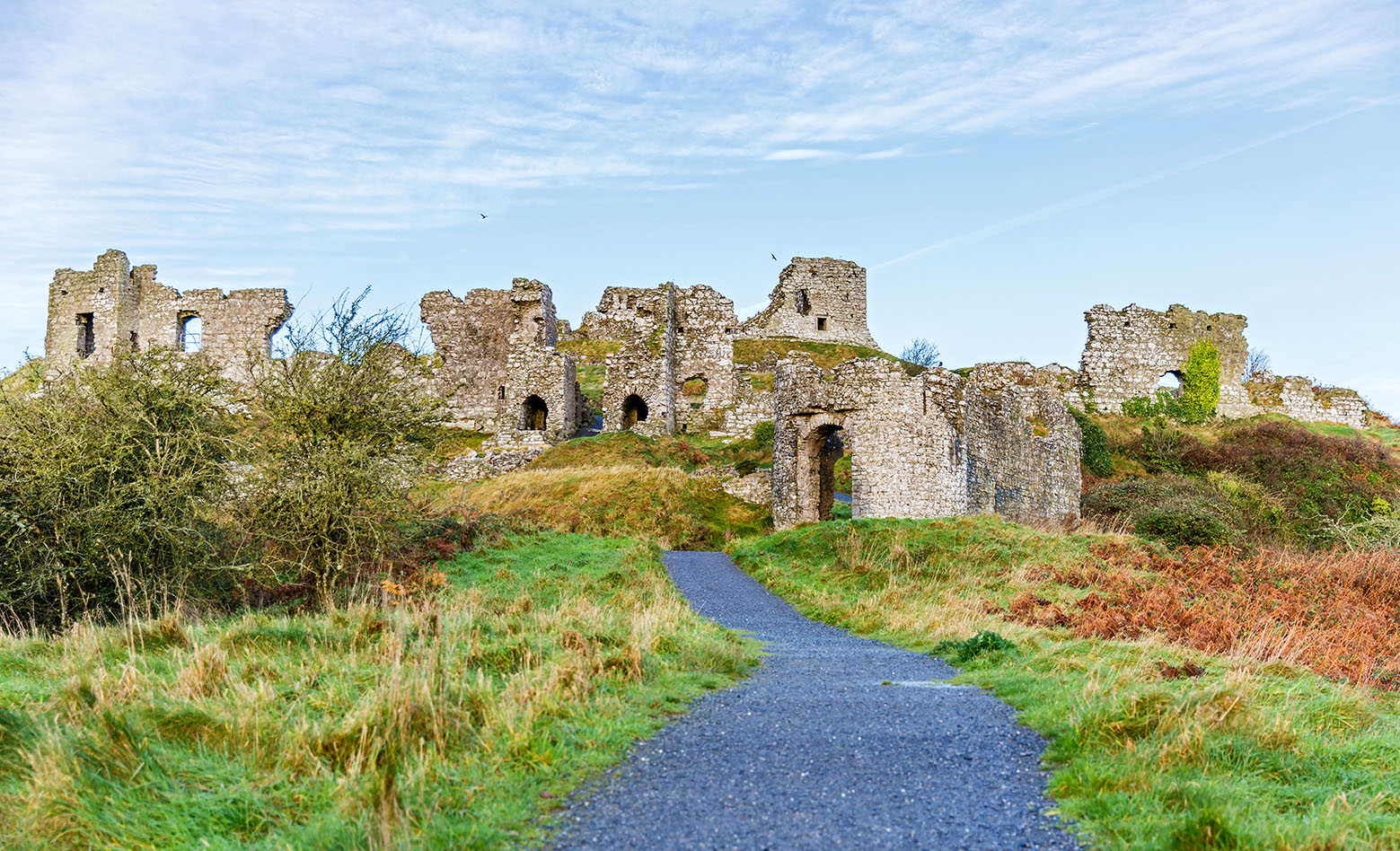County Laois is located in the heart of Ireland
Often referred to as "The Queen's County," a name bestowed in honor of Queen Mary of England in the 16th century, Laois is a mix of historical landmarks and natural beauty. From the rolling hills and picturesque farmland to the bustling town centers, the county presents a microcosm of Ireland's beloved landscapes and traditions. Its heritage trails and archaeological sites provide a window into the past, while modern infrastructure and amenities ensure a comfortable and engaging experience for residents and visitors alike.
Laois is an inland county bordered by counties Offaly, Kildare, Carlow, Kilkenny, and Tipperary. The county town, Portlaoise, serves as a central hub, playing a significant role in the administrative and cultural life of Laois.
Highlights
County Laois Attractions

Stradbally
Stradbally, nestled in the heart of County Laois, is known for its serene landscapes and rich cultural heritage. Stradbally is more than just a tranquil retreat; it's a vibrant hub that comes alive with an array of events and festivals throughout the year, attracting visitors from near and far.

Portlaoise
Portlaoise stands as a vibrant county town with rich historical significance and a unique blend of cultural, historical, and natural attractions. Historically known as Maryborough, this charming town has evolved from its 16th-century beginnings into a modern hub that seamlessly merges its storied past with contemporary appeal. Portlaoise's location is particularly significant, serving as a crossroads in Ireland that makes it easily accessible from major cities such as Dublin, Cork, and Limerick. The town's strategic positioning near major highways and railways ensures a smooth journey for visitors, enhancing its appeal as a travel destination.

Rock of Dunamase
Perched majestically atop a rocky outcrop, the Rock of Dunamase stands as a testament to Ireland's rich historical tapestry. This imposing fortress dates back to the 9th century and has witnessed the rise and fall of many eras, making it a significant site for history enthusiasts and adventurers alike. Originally established as a stronghold by the ancient Irish, the castle gained prominence among the Anglo-Norman invaders who recognized its strategic importance.
